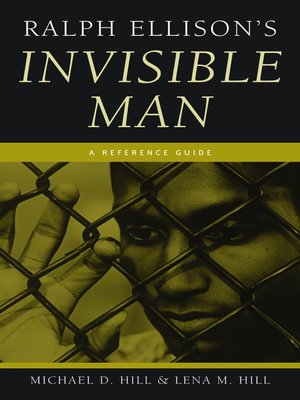


The overall structure of Invisible Man, however, involves cyclical as well as directional patterns. Incorporating this pattern in Invisible Man, Ellison emphasizes the protagonist’s links with the African American community and the rich folk traditions that provide him with much of his sensibility and establish his potential as a conscious artist. The narrative of immersion returns the “literate” hero or heroine to an understanding of the culture he or she symbolically left behind during the ascent. Similarly, Ellison employs what Stepto calls the “narrative of immersion” to stress the realistic sources and implications of his hero’s imaginative development. Merging the narrative of ascent with the Künstlerroman, which also culminates with the hero’s mastery of literacy (seen in creative terms), Invisible Man focuses on writing as an act of both personal and cultural significance. This freedom demands from the protagonist a “literacy” that enables him or her to create and understand both written and social experiences in the terms of the dominant Euro-American culture. Stepto in From Behind the Veil (1979) calls the “narrative of ascent,” a constituting pattern of African American culture.With roots in the fugitive slave narratives of the nineteenth century, the narrative of ascent follows its protagonist from physical or psychological bondage in the South through a sequence of symbolic confrontations with social structures to a limited freedom, usually in the North. In many ways a classic Künstlerroman, the main body of the novel traces the protagonist from his childhood in the deep South through a brief stay at college and then to the North, where he confronts the American economic, political, and racial systems.

Drawing on sources such as the blindness motif from King Lear (1605), the underground man motif from Fyodor Dostoevski, and the complex stereotyping of Richard Wright’s Native Son (1940), Ellison carefully balances the realistic and the symbolic dimensions of Invisible Man. The style of Invisible Man reflects both the complexity of the problem and Ellison’s pluralistic ideal. Ellison envisions the escape from this dilemma as a multifaceted quest demanding heightened social, psychological, and cultural awareness. The narrator of Invisible Man introduces Ellison’s central metaphor for the situation of the individual in Western culture in the first paragraph: “I am invisible, understand, simply because people refuse to see me.” As the novel develops, Ellison extends this metaphor: Just as people can be rendered invisible by the wilful failure of others to acknowledge their presence, so by taking refuge in the seductive but ultimately specious security of socially acceptable roles they can fail to see themselves, fail to define their own identities.


 0 kommentar(er)
0 kommentar(er)
